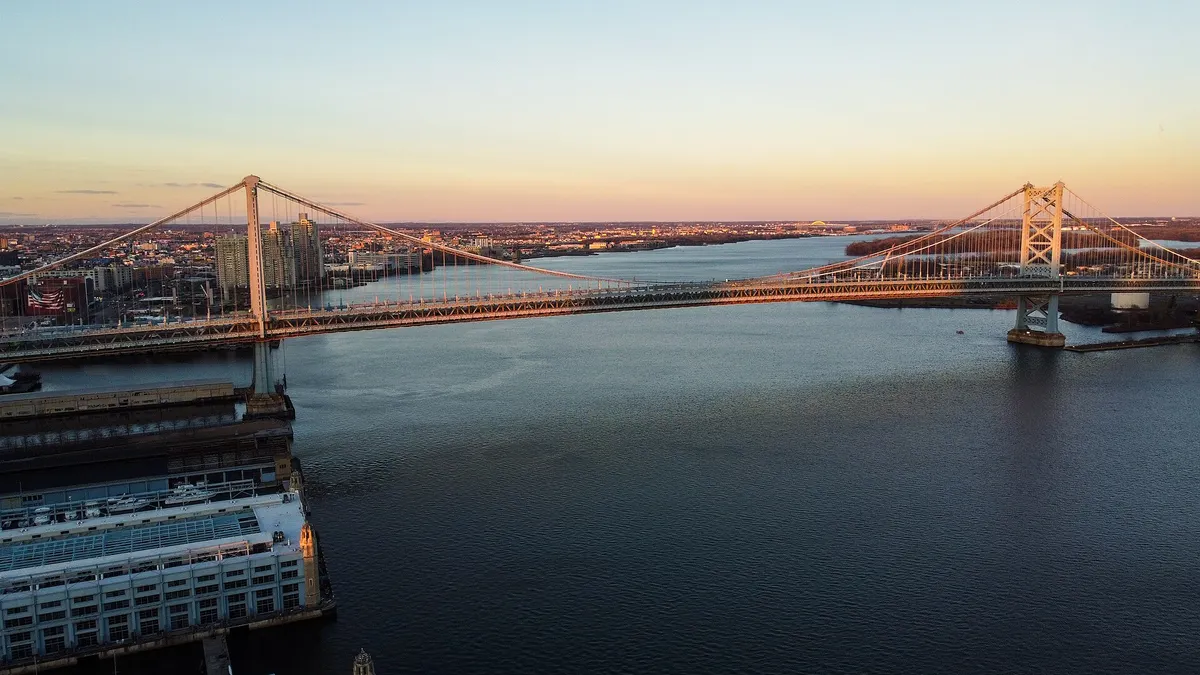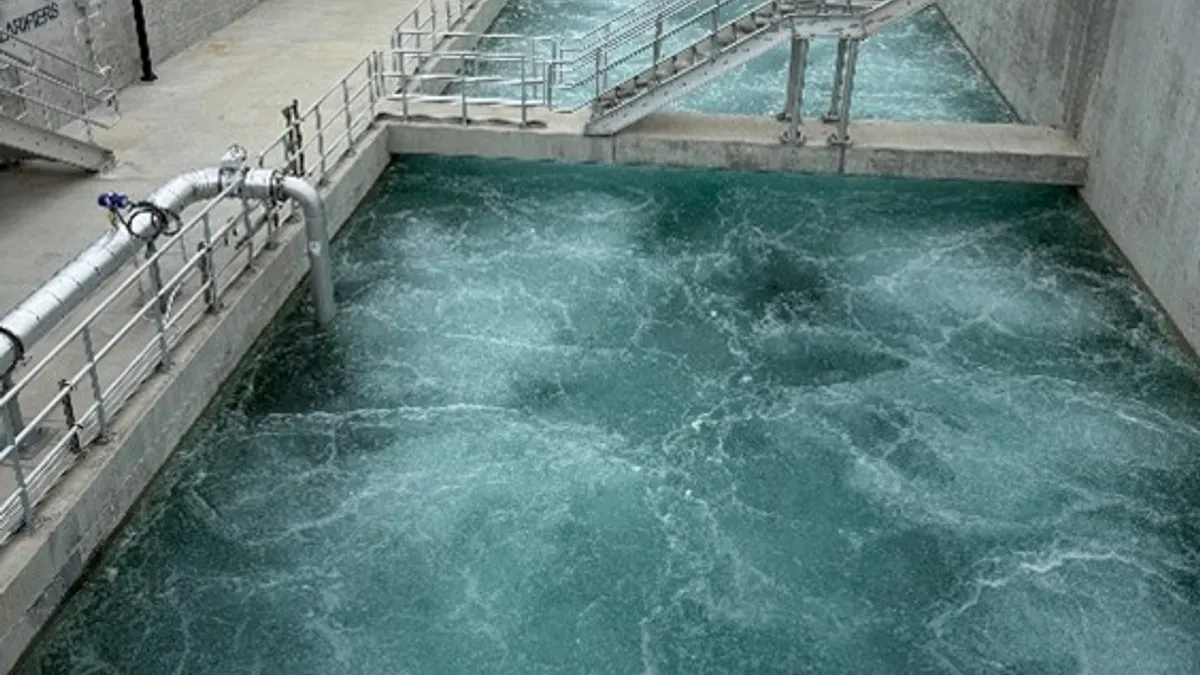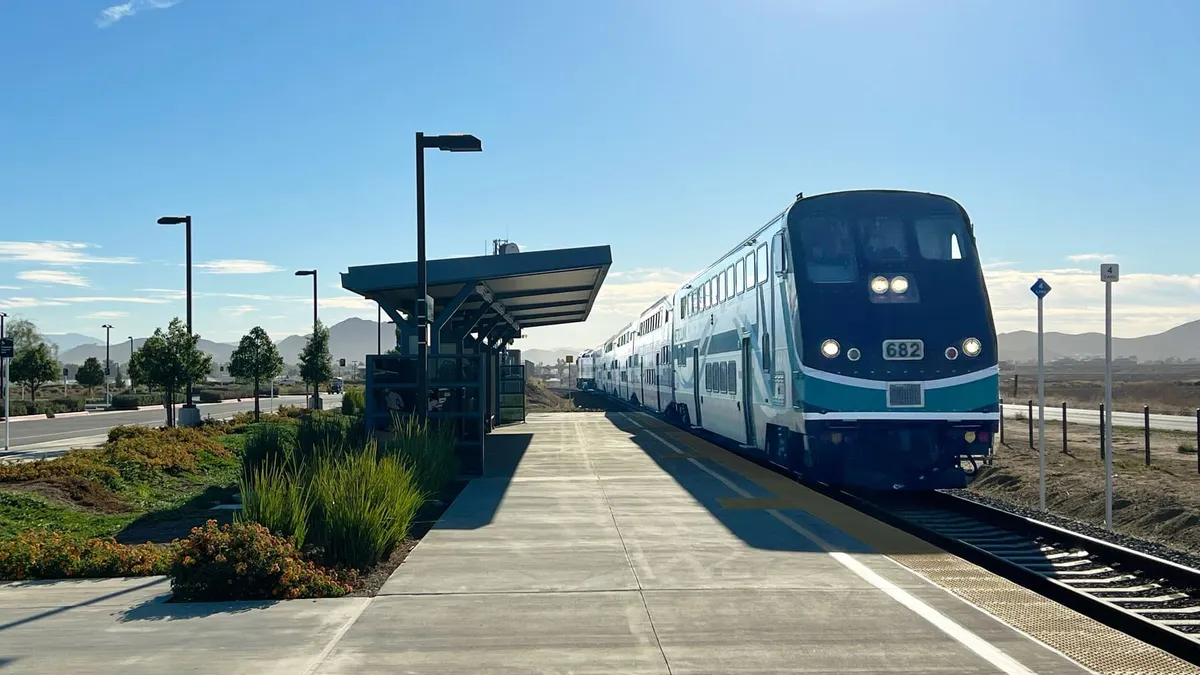This feature is a part of “The Dotted Line” series, which takes an in-depth look at the complex legal landscape of the construction industry. To view the entire series, click here.
Ever since the cargo ship Dali plowed into Maryland’s Key Bridge on March 26 and triggered its collapse, one of the biggest questions in construction has been how much will it cost to rebuild, and who will actually build it.
Contractors got closer to knowing the answers to the first question May 7, when the Maryland Transportation Authority held an informational session for the project, which drew more than 1,700 registrants. Officials said that costs are now estimated between $1.7 billion and $1.9 billion.
The agency also revealed that the project will employ a two-phase, progressive design-build contracting process with single-step procurement. Under that approach, a project owner works with the contractor and engineer to come up with a general design concept and construction method before determining the actual price.
For the Key Bridge, a contractor will be selected in Phase 1, with a guaranteed maximum price for the job negotiated during Phase 2, when at least 50% of design documents have been completed.
But who will actually do the job is still anyone’s guess. While Italy’s WeBuild Group threw its hat into the ring in the weeks following the crisis with a proposal for a cable-stayed bridge — a design type that officials emphasized was their preference in the information session — who will actually get the job will depend on a number of factors, attorneys familiar with the process say.

“The most emphasis will be on qualifications and prior experience,” said Lisa Love, a New York City-based attorney and mediator for JAMS, formerly known as Judicial Arbitration and Mediation Services, located in Irvine, California. “They're really just trying to qualify to find the best contractor who they can work with to develop the project, including your experience building long bridges and working with federal, state and local government agencies.”
Fast turnaround
The timeline on the project is moving extremely fast. MDTA said it would issue a request for proposals by the end of May, with a due date for submissions just three to four weeks beyond that. It expects to award the contract in July.
In addition to picking a prime contractor for the job, the agency will also award a $75 million contract for a general engineering consultant and an aggregated, $60 million award for three construction management and inspection contractors, according to an in-depth blog Love wrote about the Key Bridge bidding process.
A history of major disputes
Although participating in the build will surely cast worldwide attention on the contractors involved, it will also mean those same contractors will likely face disputes in the process at some point.
“In construction projects, disputes are almost inevitable due to the complexity and ambitious goals,” Love wrote. “Conflicts can arise from disagreements over contract terms, changes in scope, unforeseen conditions, delays, schedules, budgets, design specifications and other unexpected obstacles that can threaten the success of a project.”
For example, in New York, the $4 billion, 3-mile Governor Mario M. Cuomo Bridge over the Hudson River resulted in a $961 million lawsuit.
Tappan Zee Constructors, a design-build team that included Fluor, American Bridge, Traylor Bros. and Granite Construction, sued the New York State Thruway Authority in 2021, three years after the bridge opened, for extra costs associated with bad weather, a crane collapse and alleged interference from another design-build team. Indeed, as recently as the fourth quarter of 2023, Granite took a $19 million hit to gross profit on the project and confirmed this month that claims between the JV and NYSTA remain open.
While that bridge project is now complete, on the $9.3 billion Purple Line light rail project that is currently underway in Maryland, differences grew so acrimonious that the original contractor, a consortium of Fluor, Lane Construction and Traylor Bros., walked away from the job. Even though a new contractor eventually stepped in, the job is years behind schedule and costs have almost doubled.
That history is anything but surprising.

“On major infrastructure projects there exist a multitude of issues that may lead to litigation,” said Marc Gravely of Gravely Attorneys & Counselors, a San Antonio, Texas-based construction law firm that typically represents owners in disputes. “Work performed that is not to contractual standards is the most common.”
Avoiding disputes now
Thus, with the RFP for the Key Bridge project expected any day, interested contractors will want to prepare themselves for those kinds of hiccups during the process to minimize them as much as possible. The first step in that process, attorneys say, is getting intimately familiar with the bid document as soon as it’s issued.
“Contractors really need to roll up their sleeves and understand almost every word in that RFP,” said Love. “And to the extent they have any questions, and they need clarifications, then they should be submitting those questions during the questions submittal period so they understand completely, to the extent they can, what is going on.”
When preparing their presentation, contractors also need to be realistic about their own capabilities and the limitations of the project itself, so that they don’t overpromise what they ultimately won’t be able to deliver.
“The biggest step a contractor can make to insulate itself from risk on a project is to have integrity in its business process for the bid stage,” Gravely said.
Mostly, it’s about being open to partnering on the project from the get go, according to Love.
“For this particular type of contract, which is progressive and not a traditional design-build contract, they are looking for somebody who they can work together with, who is cooperative, who they can communicate with,” Love said.
Dispute resolution process
In the frequently asked questions section of its Key Bridge Rebuild website, MDTA said it typically adheres to the dispute resolution process listed in section 5.15 of Maryland’s Standard Specifications for Construction and Materials procurement policy.
But it also said it would be open to discussing alternative mechanisms when the project approaches Phase 2 of the guaranteed maximum price contracting process.
One such alternative is creating a risk management plan together, Love said. That kind of document would usually address labor shortages, supply chain delays and escalating material costs. Those elements would typically be determined together by the contractors and owner.
“The beauty of the progressive design build is everybody is sitting at the table in the beginning,” Love said. “They're seeing everything, and they're reviewing everything, and they're making sure that they're identifying the risks together. As a group, they're sitting down and developing plans to mitigate that.”
Another option would be to institute a dispute resolution board on the project, a panel of impartial experts that get involved early and settle conflicts, hopefully before they escalate.
“DRBs provide impartial assessments of contentious issues and offer recommendations for resolution, thereby fostering transparency, accountability and early intervention,” Love wrote on her blog.
Are you a contender?
Whoever ultimately wins the project, observers say they’ll likely come from a small pool of qualified contractors. That’s because there just aren’t that many companies that have the scale and scope to carry out an infrastructure project of this size.
For example, Tutor Perini CEO Ron Tutor has said that his company is often one of just two or three bidders on high-profile, mega infrastructure projects.
“There are only a handful of qualified contractors who can even hope to accomplish some major infrastructure projects,” Gravely said. Contractors “most [of] the world over are very busy, as there is lots of infrastructure being built these days.”
____________________________________________________________
The Dotted Line series is brought to you by AIA Contract Documents®, a recognized leader in design and construction contracts. To learn more about their 250+ contracts, and to access free resources, visit their website here. AIA Contract Documents has no influence over Construction Dive’s coverage within the articles, and content does not reflect the views or opinions of The American Institute of Architects, AIA Contract Documents or its employees.























